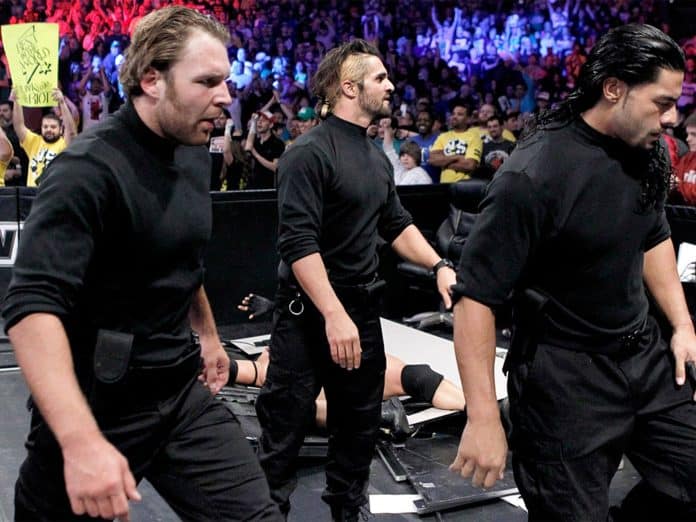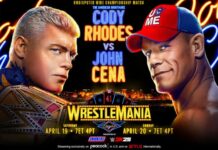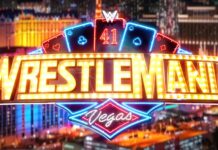
The history of World Wrestling Entertainment (WWE) is as long as it is fascinating, dating all the way back to the early 1950s when it was founded as Capitol Wrestling Corporation (CWC). A decade later, disagreements with the National Wrestling Alliance (NWA) caused the CWC to rebrand as the World Wide Wrestling Federation (WWWF), a name which stuck until 1980 when Vincent Mc. Mahon Jr purchased the WWWF’s parent company Capitol Sports from his father and renamed it the World Wrestling Federation (WWF).
The McMahon Effect
Immediately after taking over the WWF, McMahon enacted a daring and ambitious plan to make the organization the world’s premier wrestling promotion. The expansion process that he undertook at this time fundamentally changed the entire industry surrounding the sport, as wrestling began to be broadcast throughout the United States via syndicated television. McMahon also sought exposure outside of the United States by offering broadcast rights to European and Asian satellite and cable television providers.
It did not take long for these changes to begin to bear fruit – broadcast viewership numbers increased dramatically between 1980 and 1985, but this still wasn’t enough for McMahon – if he wanted to turn the WWF into a truly national wrestling promotion, he would need to take it on tour. To achieve that goal, McMahon planned a new Supercard concept dubbed ‘Wrestlemania’, a pay-per-view event that was to be marketed as the Super Bowl of professional wrestling.
The Golden Era
Wrestlemania was an all-or-nothing gamble, but it paid off in the form of a full-on wrestling boom and generated record attendance, betting revenues and viewership numbers. Many of the most important contests in WWE history took place during the Wrestlemania events held throughout this ‘golden era’ – here are just a few of our favourites:
WrestleMania I (31st March 1985) Hulk Hogan & Mr T vs. Paul Orndoff & Roddy Piper
When we say that the first Wrestlemania was an all-or-nothing gamble, we really mean it – the story goes that Vince McMahon effectively mortgaged his entire company to fund the show. Of course, this is professional wrestling and you can never be 100% sure if there’s a little more to the story than meets the eye!
Whatever the case, McMahon had an ace up his sleeve on the night in the form of A Team star Mr T – he couldn’t wrestle to save his life, but his popularity more than made up for any lack of skill. Before Wrestlemania, it was always touch and go as to whether the WWE would survive from one year to the next. Afterwards, the promotion was firmly in the black and destined to dominate professional wrestling in the United States.
WrestleMania III (29th March 1987) Hulk Hogan vs. Andre the Giant
By the time of the third Wrestlemania, Hulk Hogan had firmly established himself as one of the biggest stars in the WWF. The Hulkster was famously proficient at working a crowd, and the superstar could not ask for a bigger crowd than the record-breaking 93,173 fans who attended Wrestlemania III.
Whilst the pundits of the day slammed this match for being ‘technically dire’, Hulk bodyslammed Andre the Giant even harder. In doing so, Hogan elevated himself from superstar to legend.
WrestleMania III (29th March 1987) Randy Savage vs. Ricky Steamboat
https://www.youtube.com/watch?v=rz8q5ZjboXY
For many, Wrestlemania III is regarded as being the single most important event in the history of the WWE, and perhaps even the wider wrestling industry. We already discussed what was arguably the most memorable match of the night between Hogan and Andre, but the legacy of this event is of such importance that we have to give Randy Savage’s technically impressive fight against the Steamboat a mention too.
Savage is remembered for being a method wrestler who insisted on scripting every moment of his fights in advance. This technique was bewildering to his opponent, Steamboat, who is said to have preferred an improvised style. That didn’t matter to the record-breaking crowd at the Pontiac Silverdome, however, who raised the roof after witnessing the pair’s most intricate moves and athletic manoeuvres
SummerSlam ’92 (31st August 1992) Bret Hart vs. British Bulldog
If there was any doubt about the popularity of the WWE overseas before SummerSlam ’92, this event consigned such thoughts to the dustbin. The WWE doesn’t like to admit it, but this event – held at Wembley Stadium in London, England – broke all existing gate records for a wrestling show, including all those recorded in the United States.
The headline match between The British Bulldog and Bret Hart was both technical and intelligent, with many describing the vibe inside the arena as a British crowd on fire. In name, this was not a WrestleMania event; in reality, it was just as important for the WWE and their financials as anything they had done in America.
WrestleMania 13 (23rd March 1997) Bret Hart vs. Steve Austin
SummerSlam ’92 ushered in a new era where Hart would feature on main event lineups for many years to come. Half a decade later, Bret would star in a match which many have called the greatest to have ever taken place on North American soil. WrestleMania 13 wasn’t the first appearance of Stone Cold Steve Austin, but it’s certainly the first one that many WWE fans remember.
The image of Steve trapped in Bret’s hold, covered in blood yet refusing to submit, is one of the greatest moments in wrestling history. Contrary to the contemporary myth, Austin was not made a superstar overnight – nevertheless, it would be foolish to claim that this match was anything less than sensational; perhaps even revolutionary.







